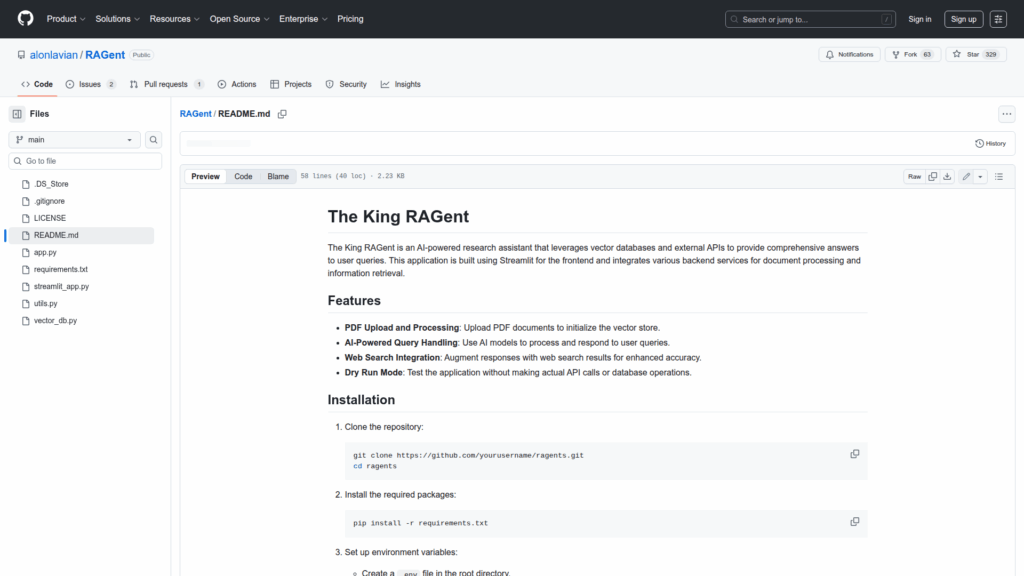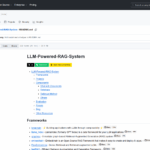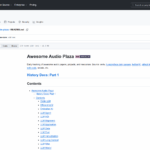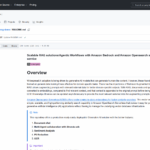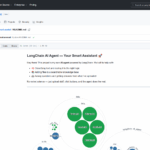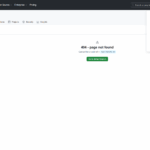RAGent
Basic Information
RAGent is an AI-powered research assistant designed to combine document embeddings and external web search to provide comprehensive answers to user queries. The application uses a Streamlit frontend for interactive use and supports uploading PDF documents to initialize a vector store for retrieval-augmented generation workflows. Backend components integrate vector database functionality, AI model calls, and web search to synthesize and assess responses. The project targets people who want a working RAG application for research and information synthesis rather than a low-level agent framework. The repository includes instructions for installing dependencies, setting environment variables for API keys, and running the app with Streamlit.
Links
Stars
329
Language
Github Repository
App Details
Features
The README documents core capabilities: PDF upload and processing to create a vector store, AI-powered query handling for retrieval-augmented responses, and web search integration to augment answers. A Dry Run Mode lets developers and testers run the app without performing real API calls or database operations; dry_run propagates to VectorStore, call_claude_rag, assess_confidence, synthesize_information, and call_tavily_web_search which then return mock data. The app provides a Streamlit UI with a sidebar toggle for Dry Run Mode and includes installation guidance via pip and configuration via a .env file. The project is licensed under MIT and accepts contributions via pull requests.
Use Cases
RAGent helps researchers, students, and practitioners quickly ingest PDFs and query combined local document embeddings plus live web results to get synthesized answers. The Streamlit interface lowers the barrier to entry for non-technical users while the dry run mode reduces development friction and API cost during testing. By exposing backend components for retrieval, synthesis, and confidence assessment, the repository serves as a practical prototype for retrieval-augmented generation workflows and experimentation. The included installation and usage steps make it straightforward to run locally, and the MIT license and contribution guidance encourage community improvements.

